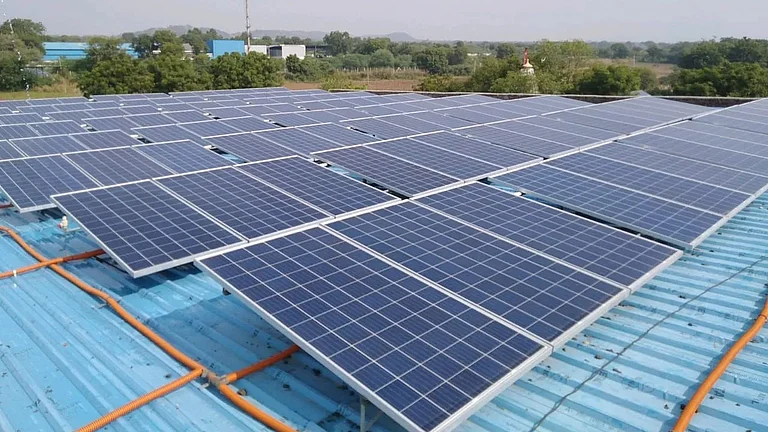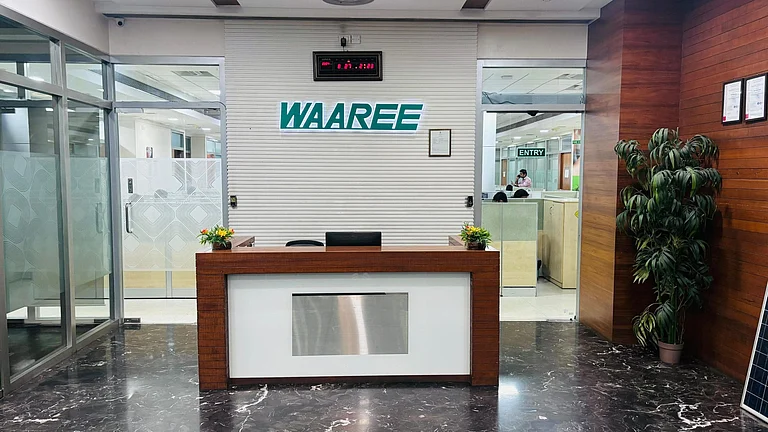The vast expanse of Bharat has the potential to hold immense power. India is blessed and soaked with plenty of sunshine and can become a global superpower in renewable energy production. From the sunlit deserts of Rajasthan to the wide open plains in Gujarat, nowhere on earth receives a higher amount of solar irradiance. The geological diversity provides a huge scope for bulk PV panel installations. Indeed, the potential is formidable, yet the path forward towards it is full of complexity, especially in balancing the proper and efficient use of land, infrastructure development, and socio-environmental concerns.
The Desert: India's Solar Powerhouse
The vast expanses of the Thar Desert in Rajasthan and the dry areas of Gujarat provide an opportunity on a grand scale. The sun shines here for more than 300 days in a year and therefore has vast possibilities of utilities on a gigawatt scale of solar power installations. Around a 1-acre farm with 4,050 panels would make about 12,000 kWh of solar energy daily.
If the desert states alone added around 300 GW of solar capacity by 2030, this would limit dependence on fossil fuels and hasten India's discharge of its climate responsibilities under the Paris Agreement. Initiatives like the 30 GW solar park in Rajasthan's Bhadla region—the biggest solar park in the world—are a testament to the government's resolve to tap this potential.
A Need for Clarity on Policy Framework
India has many incentives and friendly policies, but regulatory bottlenecks remain. One of the major land acquisition problems usually creates delays and legal battles. Even though some states have come up with land leasing policies, bureaucratic hurdles continue to exist in others.
In addition, India's solar industry is significantly dependent on imported modules, particularly from China. The Indian government further restricted its use of foreign equipment to promote home-grown manufacturing through its ALMM. On the one hand, this is a step towards self-reliance, but India's solar manufacturing is playing catch-up.
Mitigating Environmental Impact for Sustainable Solar Power
As these solar panels require effective working temperatures in the range of 20°C to 25°C, this extreme desert area of Thar has a very significant effect on the efficiency of the panel. Such high temperatures reduce their efficacies and accelerate the degradation of the photovoltaic cells, hence shortening the overall lifespan of the system and decreasing the energy produced. This thermal stress does not only reduce the power generation capacity but also brings in a huge increase in component failures, thereby increasing maintenance costs over time. In addition to the fact that the desert is quite hot, the desert has a very common phenomenon of sandstorms that deposit dust and sand on the surface of the solar panels, thereby blocking light.
All these conditions lead to increased maintenance costs and require cleaning more often. Cleaning the panels in these conditions often requires special equipment and water, as well as even more complicated procedures. Tackling all of these would require significant investments in infrastructure and technological development. Although it would appear expensive at first, investment in solar energy infrastructure offers tremendous returns on investment, which likely makes it worthwhile: the profits to be achieved from increasing the production of energy and dependence on fossil fuels along with economic growth are huge.
Today, due to the rapid adoption of sustainable practices, our country holds the third place for solar power capacity. Amidst huge challenges, large-scale solar projects in desert regions will help India achieve its ambitious renewable energy targets. Much strategic investment in infrastructure and technology would be needed for India to realise its full potential.
Upgrading the PV panels, energy storage solutions, and grid infrastructure is critical for high output from such projects and reliable delivery of this energy. With the right vision and commitment, desserts could emerge as the hubs of clean energy.
(Naresh Mansukhani is the Chief Executive Officer at Juniper Green Energy.)

























